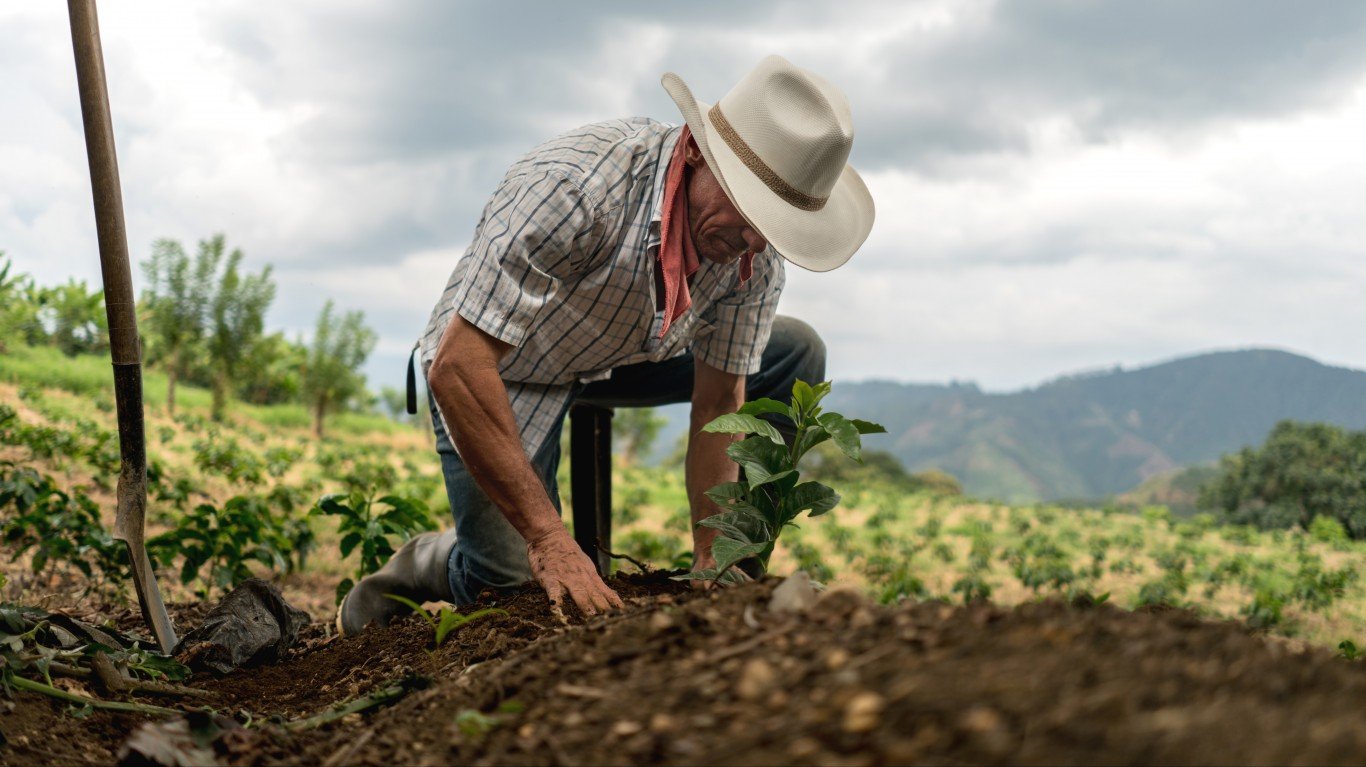
Coffee
> Largest U.S. producer: Hawaii
> Largest international producer: Brazil
Changes in climate patterns could reduce suitable coffee-growing regions and lead to decreased coffee production, and changes in temperature can affect the altitudes at which coffee can be grown, potentially forcing farmers to move their plantations. Higher temperatures also favor the proliferation of pests, such as coffee berry borer and leaf rust. In June, the USDA reported that world coffee production had decreased by 2.7 million bags (each one typically weighing between 130 and 155 pounds) from the December 2022 estimate, with Colombia alone producing 1.3 million bags fewer than expected due to excessive rain and cloud cover. Changes in temperature, humidity, and precipitation patterns can also affect the maturation process of coffee cherries, altering the sugar development, acidity, and overall flavor profiles of the beans and introducing variations in the taste and quality of coffee.
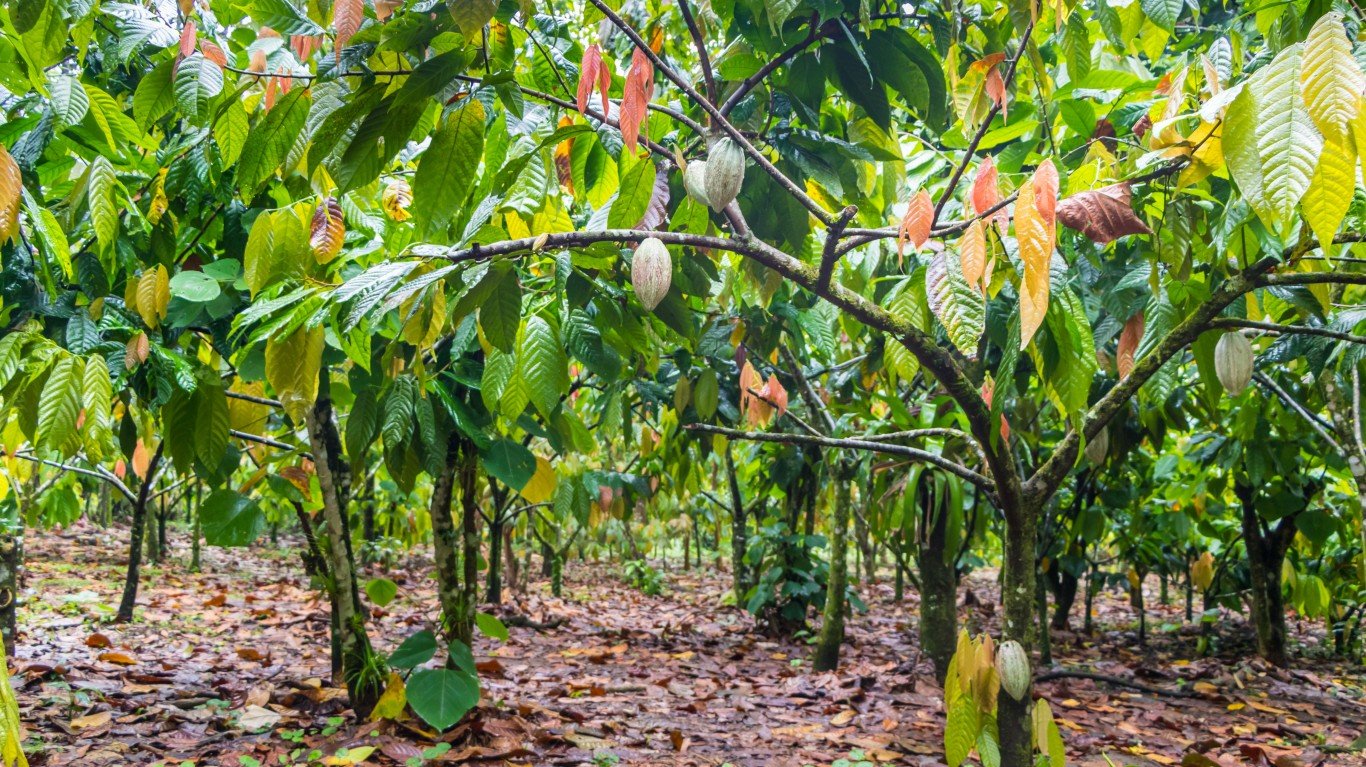
Cacao
> Largest U.S. producer: N/A
> Largest international producer: Côte d’Ivoire
Cacao trees have specific temperature and rainfall requirements for optimal growth and fruit development. Rising temperatures and changes in rainfall patterns could make many regions unsuitable for cocoa cultivation and can favor the proliferation of pests such as cocoa mirids and fungal diseases like black pod disease. A study in Côte d’Ivoire reported that the incidence of black pod disease has increased by 50% in recent years, while a study in Ghana found that an increase of only 1ºC (1.8ºF) in temperature could reduce cacao yields by up to 10%.
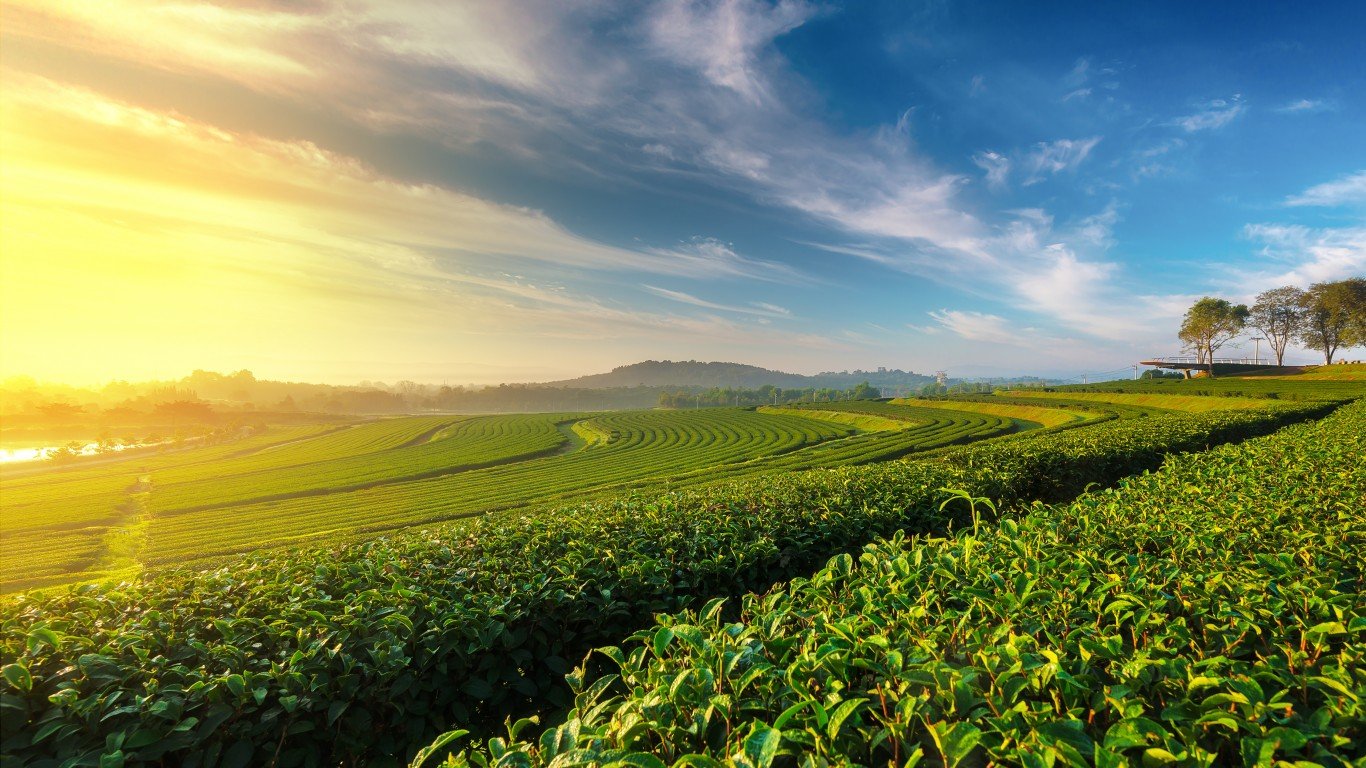
Tea
> Largest U.S. producer: South Carolina
> Largest international producer: China
Tea plants thrive within specific temperature ranges, typically between 13°C and 30°C (55°F and 86°F). Higher temperatures can accelerate the growth cycle, leading to premature budding and reduced leaf quality. Additionally, extreme heat waves can cause heat stress and damage the plants. Tea plants require a specific amount of water for growth, and changes in precipitation can negatively impact their development, with insufficient rainfall leading to drought stress and reduced leaf production, while excessive rainfall can increase the risk of diseases and pests.
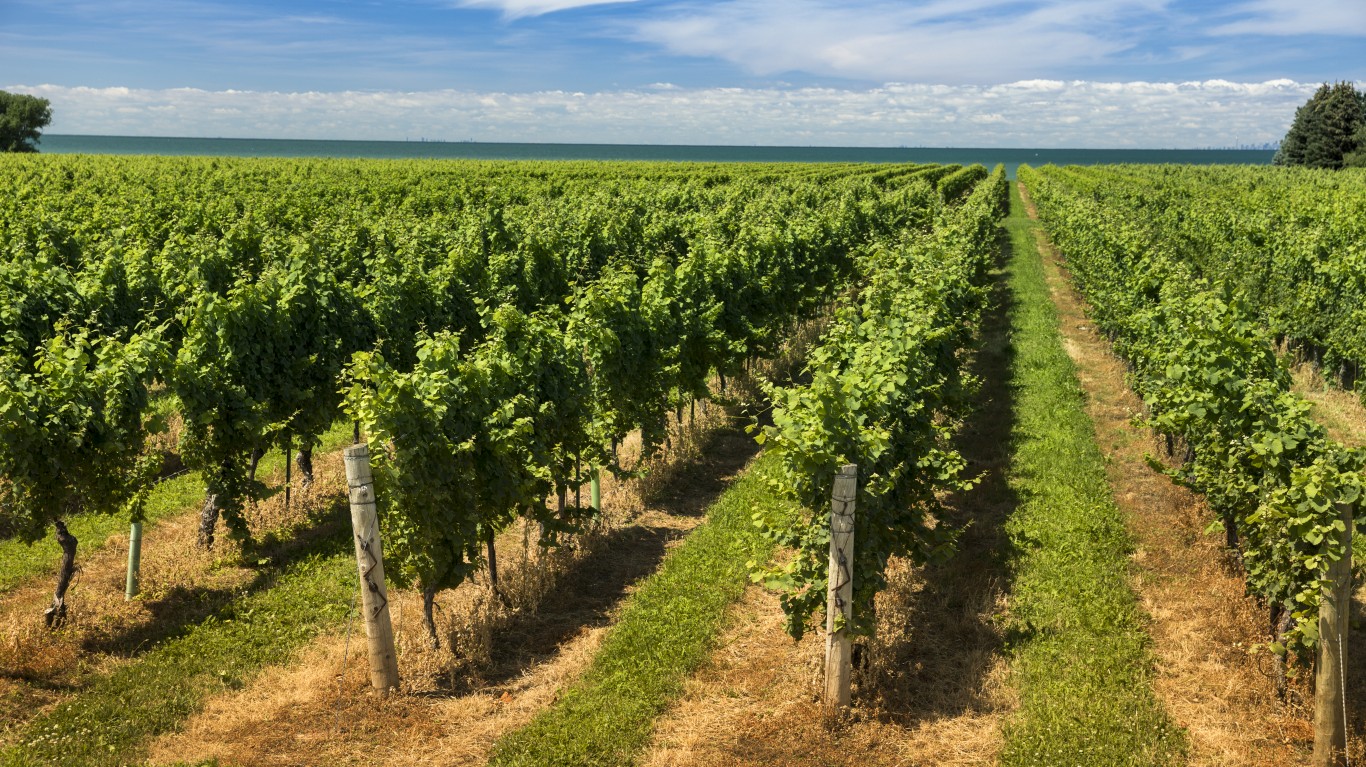
Grapes
> Largest U.S. producer: California
> Largest international producer: China
Extreme heat events can cause heat stress and damage to grapevines, affecting their growth, fruit set, and overall health. Heatwaves during the ripening period can accelerate grape maturation, potentially leading to unbalanced sugar and acidity levels, negatively impacting the flavor profile and quality of the grapes. Climate also influences the chemical composition of grapes, including sugar levels, acidity, and phenolic compounds. Changes in temperature and rainfall patterns can alter these chemical components, potentially affecting the flavor, aroma, and structure of wines produced from the affected grapes. A secondary result of climate change on grapes comes from wildfires facilitated by drought, which taint the grapes with smoke, making the wines they yield unpalatable.
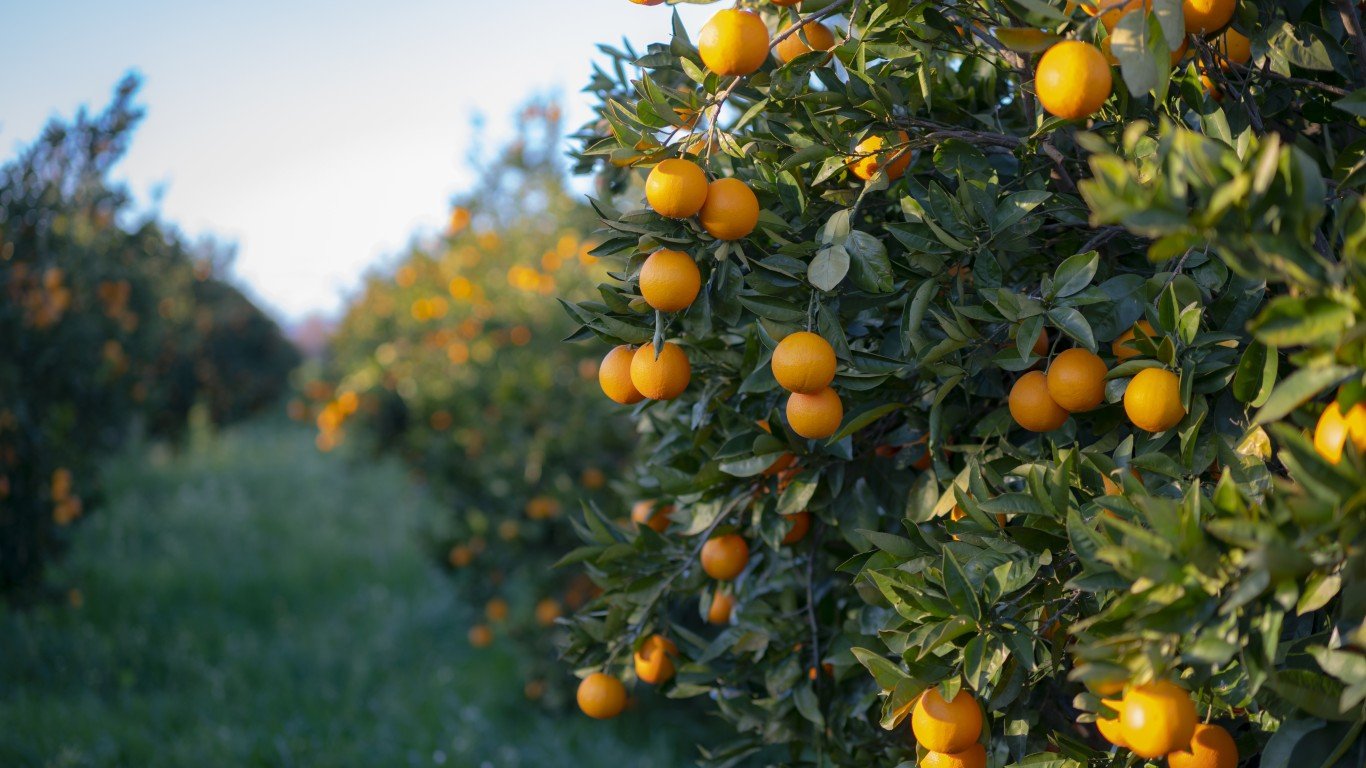
Oranges
> Largest U.S. producer: Florida
> Largest international producer: Brazil
Extreme heat events can cause heat stress in orange trees, leading to reduced fruit set, smaller fruit size, and lower yields. Prolonged heat waves can also affect the flavor and quality of the oranges. Warmer temperatures and altered rainfall patterns also favor the proliferation of certain pests, such as citrus psyllids and mites, leading to increased infestations and damage to trees and fruit, and changes in humidity and temperature can impact the occurrence and severity of fungal diseases, including citrus greening and citrus canker.





